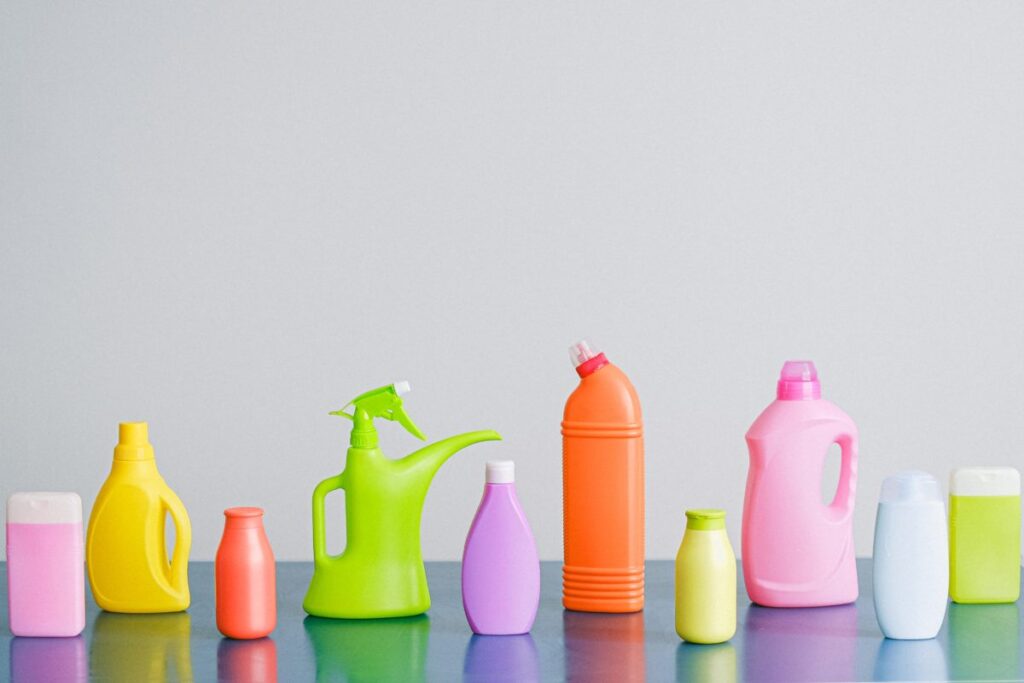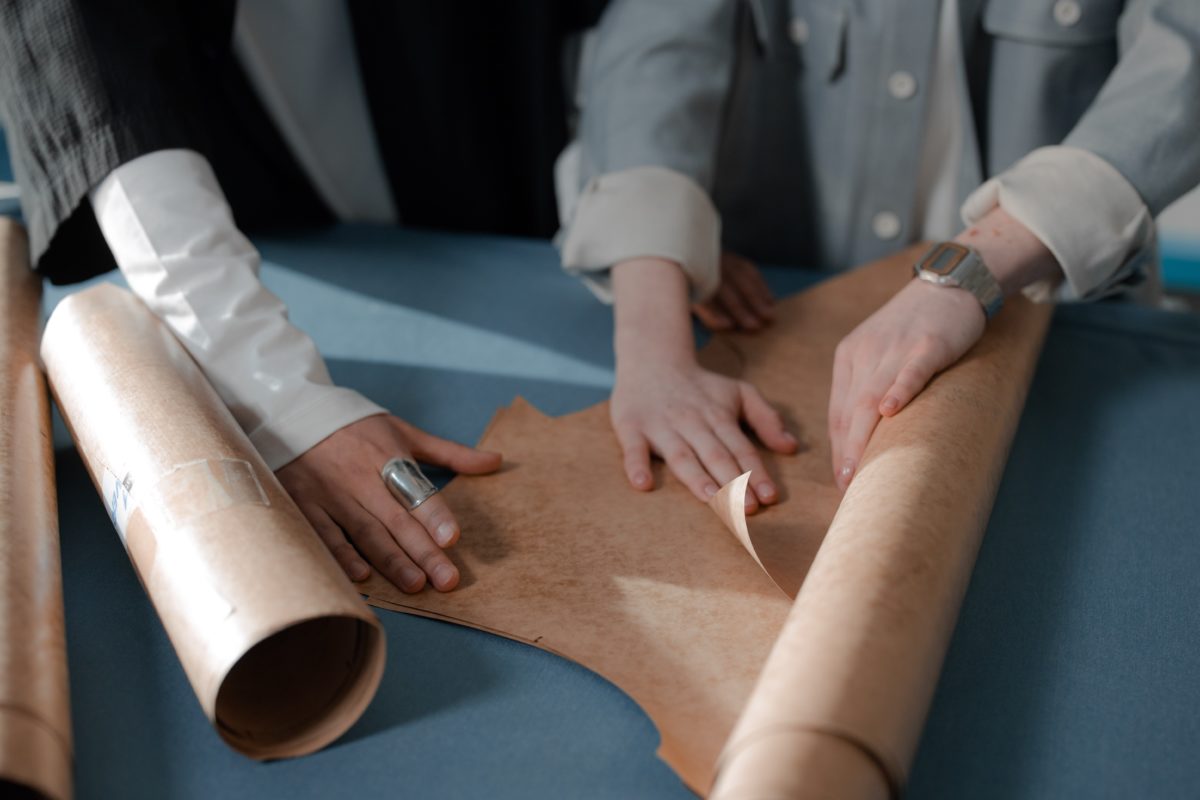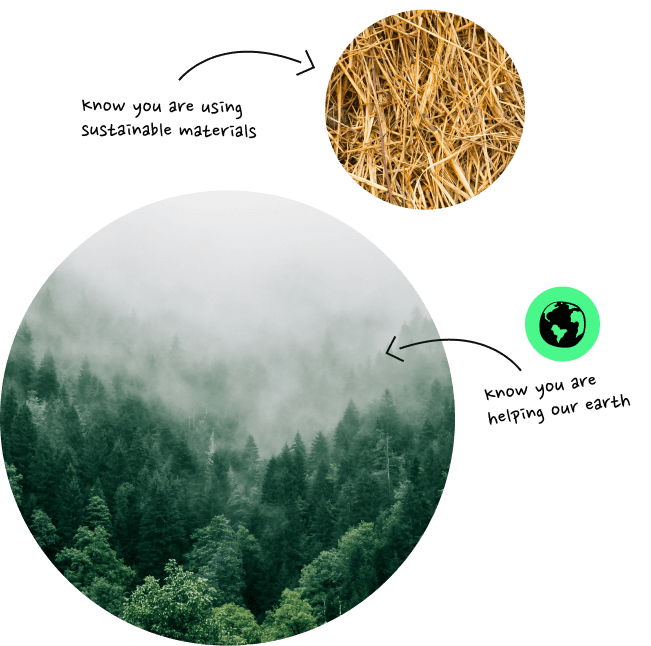Paper vs plastic packaging has become a global debatesince extensive plastic use has come under scrutiny in recent years. Packaging solutions have seen an influx of paper-based alternatives, each heralded as a more sustainable option that doesn’t negate on practicality, but is this really the case and what are the pros and cons of both?
Let’s start with some simple truths: plastic packaging became the norm because it was cheap, prevented products spoiling for longer and was, in most cases, lightweight. Combined, these attractive qualities are a recipe for commercial success but there was a significant on-cost to the environment. This wasn’t a concern initially, as consumers were significantly less informed and invested in planetary health, but that has all changed. Today, buyers are looking for earth-friendly packaging and products that makes them feel good, which is why paper packaging solutions have become easier to source. The question is, which are better?
To tackle this debate, we will look at three areas:
- Environmental impact
- Functionality
- Cost
Paper vs plastic – environment
Your first instinct is probably to assume that paper will win this round, hands-down, but don’t be too quick to judge, as the production methods used by paper mills can leave a lot to be desired.
Paper
Though paper is an inherently biodegradable product, made from biomaterials itself, it frequently gets sent to landfill due to either improper recycling or the fact that it has a plastic coating on the inside that prohibits recycling altogether. 26% of landfill waste was reported to be made up of paper, but when recycled properly, it repulped without the need for harmful chemicals or intense amounts of heat.
The really key element to paper packaging though is that it is made from a totally renewable source that can be replenished regularly, though environmentalists do acknowledge a risk of contributing to deforestation. It’s also worth noting that paper production is not always energy-efficient and can contribute significantly to pollution. Modern plants that have put water recycling and solar power initiatives into action are making a far more positive contribution.

Plastic
Plastics can partially offset the heavy carbon footprint that they inherently possess thanks to things like being reusable, lasting for a long time and being easy to come by. Some consumers might argue that reusing their old takeaway carton, rather than buying new paper packaging, would be more environmentally responsible. But plastic packaging production is not a green endeavour, nor is its disposal.
Regular petrochemical plastics are not yet fully recyclable, they take thousands of years to fully degrade and when they do, leach toxins into the soil. Fossil fuels are a nonrenewable source and are essential components of traditional plastics and creating them releases pollution.
Takeaway: Neither paper or plastic packaging is perfect. Where paper has a long way to go in terms of environmental production methods, plastic production needs to be reevaluated across the board.
The toxins issue
As an add-on from envionmental concerns, the toxicity of both paper and plastic packaging options is something that needs to be addressed.
Paper
Per-and polyfluoroalkyl substances (PFAs) have been discovered in a wide range of disposable food packaging, having been included to prevent oil, grease and moisture from soaking into the paper itself. PFAs are problematic as they are known toxins that have been linked to numerous health issues and they do not go away, they simply build-up, meaning they are not recyclable or compostable. Discarded PFA-coated paper packaging contaminates its environment.
Plastic
Traditional plastic packaging contains a number of toxins that have led to serious concerns about toxin migration both to the food items that are stored and the environment, during subsequent breakdown. Plastic packaging has directly introduced a number of toxins into the human diet and made syntheic chemical consumption a daily occurrence for many.
Both paper and plastic packaging options have toxins to address and, thankfully, there are plenty of alternatives that will allow manufacturers to move away from chemical migration concerns.
Paper vs plastic – function
Again, you might have a preconception about which style of packaging offers the best value in terms of use, but both have proven to be exceptionally capable and have specific benefits.
Paper
Paper (and cardboard) packaging can be reused, is easy to store, offers significant bulk discounts and is excellent for printing and branding. For dry goods, it is a viable choice that comes with significant sustainability benefits and being available in a range of thicknesses is useful for stability. However, without plastic coatings of any kind, the durability of paper is questionable.
Susceptible to moisture, mould and water, paper packaging poses a significant issue in that it can only be used as a solution for a limited number of products and must be stored carefully as well.
Plastic
Lightweight, durable, available in any shape and offering exceptional versatility, plastic packaging was a customer-facing company’s dream until the environmental impact of it became clear. Available in plenty of gusies so as to tackle hot and cold foods, as well as liquids, dry goods and everything else in between, plastic takes the versatility prize without question.
A downside of plastic is that it is harder to print on and brand, meaning that it usually requires a separate label, often made of paper. This adds an extra cost for the buyer.
Takeaway: In terms of broad use, plastic is hard to beat, though both seem to need each other. Paper often requires a plastic coating for safe use and plastic needs paper labels.

Paper vs plastic – cost
The cost of packaging affects everybody in the supply chain from the manufacturer to the buyer and the end user who, ultimately, has to swallow the cost of it as part of a purchase.
Paper
Due to production methods being some of the most energy-dependent, paper packaging is not always cost-effective. One study has revealed that to make 1,000 paper bags takes 3.4 times a smooch energy as the same number of standard plastic alternatives and these costs have to be passed down the chain. There’s also logistics to consider and with paper weighing considerably more than plastic, transportation costs increase as well.
There is some light at the end of the tunnel though, as where paper is a major industry, such as the US, manufacturers have started implementing cost and energy-saving initiatives such as renewable energy use and recycling their products multiple times.
Plastic
There’s no getting away from the fact that plastic is the cheapest of all common packaging materials in the world. It’s easy to source, multiple manufacturers are on hand and it has been a long-standing and popular offering since the 1950s, so it’s a known entity.
There is a problem though. The impending 2022 UK Plastic Packaging Tax is about to make it a whole lot more expensive to choose convenience. Any plastic manufactured or imported into the UK with less than 30% recycled composition will be liable for a charge of £200 per tonne or part thereof. And plenty of other countries are following on with single-use plastic bans, with India taking a zero tolerance approach.
Takeaway: Plastic may have been the cheapest option for decades, but the environmental cost is about to be translated into monetary terms that will impact everybody.
What’s the solution?
When it comes to paper vs plastic, clearly a new solution is needed and thankfully, it’s already here in the form of bioplastics. Combining the benefits of both paper and plastic, bioplastics are made from renewable sources, can be used across a variety of applications and offer increasingly excellent recycling and composting potential. Both PLA, the original bioplastic, and PHA are making significant inroads into sustainable packaging solutions and there’s never been a better time to get acquainted with them.





